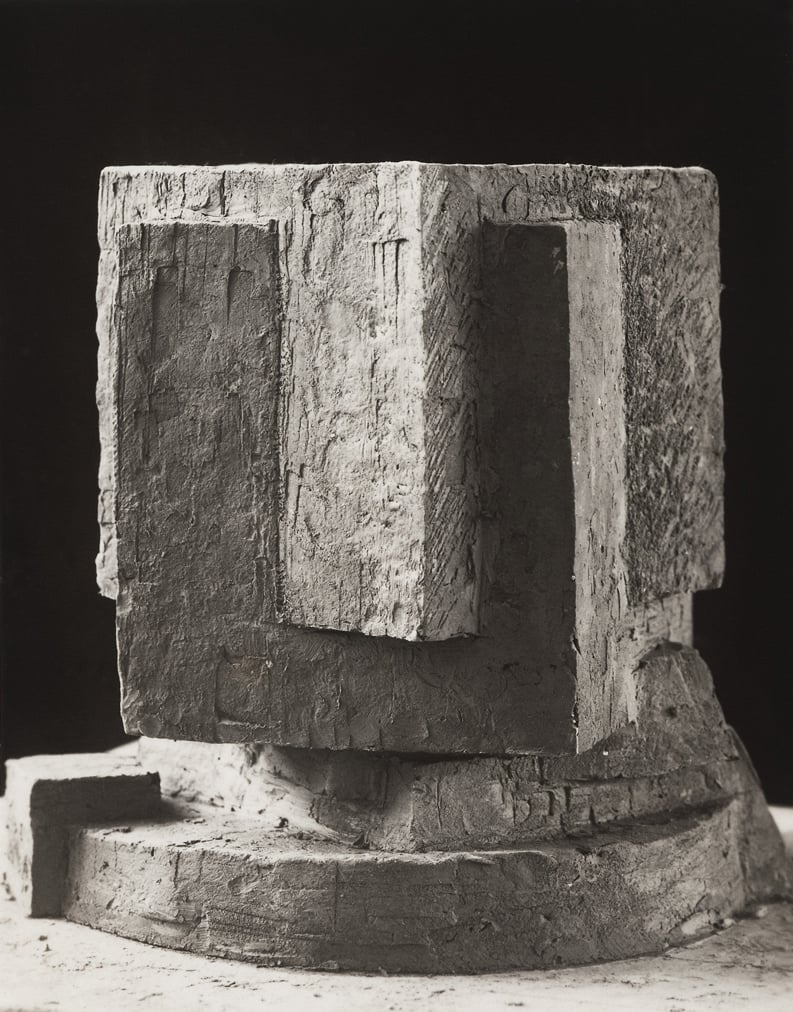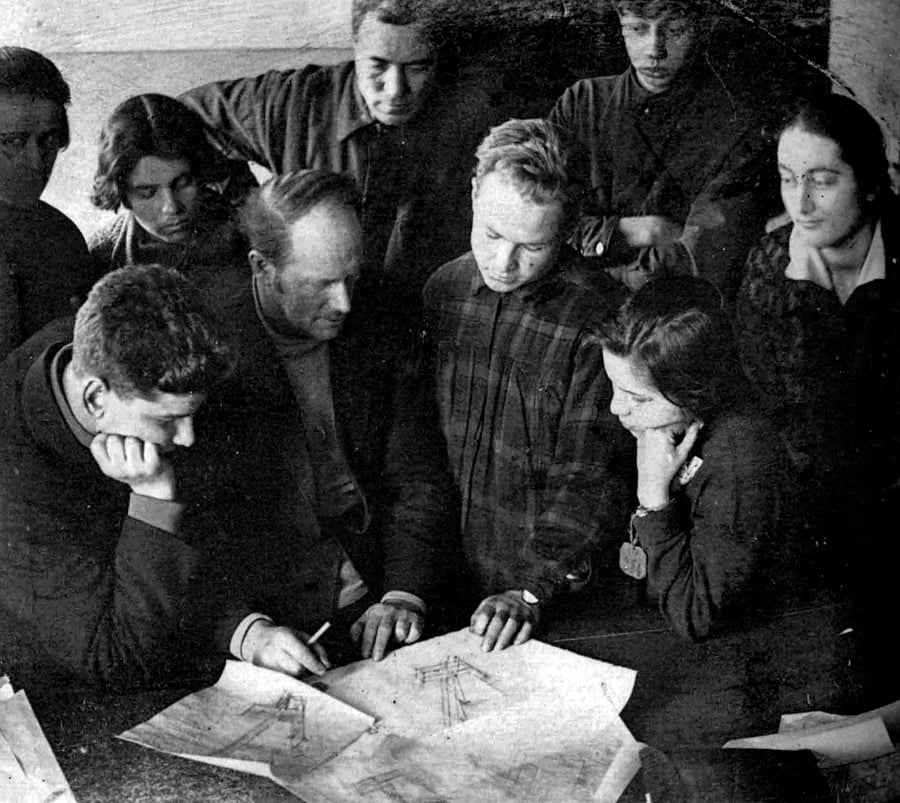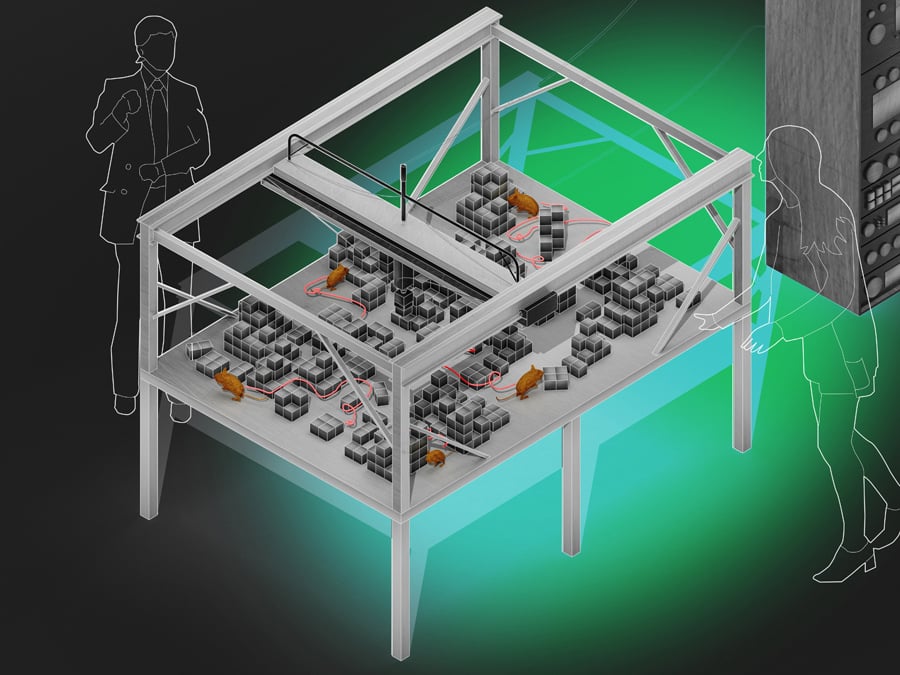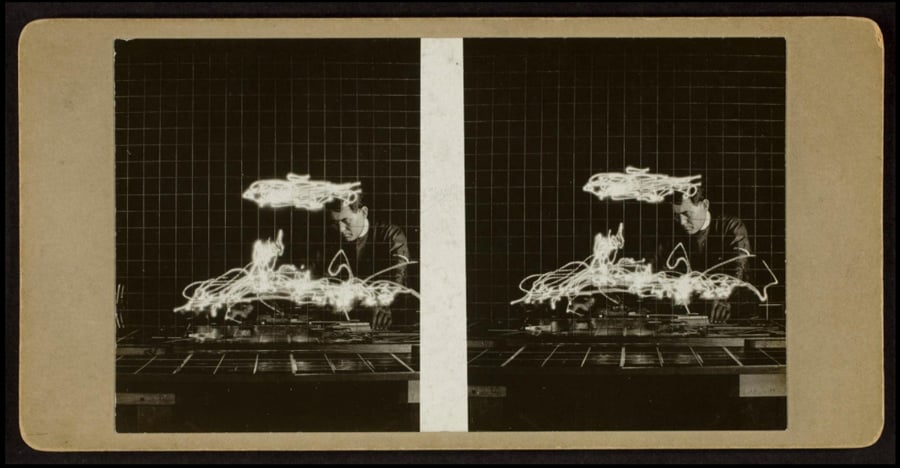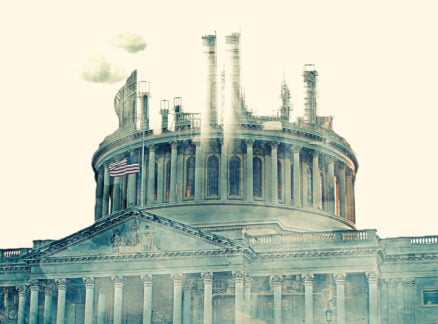
March 21, 2018
“Lab Cult” Looks to History for Parallels Between Science and Architecture
The Canadian Centre for Architecture’s latest exhibition uses architecture to fill in the blanks of classic scientific experiments.

Lab Cult, a new exhibition at the Canadian Centre for Architecture (CCA) in Montréal opening tomorrow, puts the “unorthodox history” of the love affair between science and architecture under the microscope.
The show, curated by historian Evangelos Kotsioris and featuring newly commissioned drawings by designers Ivi Diamantopoulou and Jaffer Kolb of the New York practice New Affiliates, looks back to the 19th and 20th centuries to reconstruct the meeting of architecture and the sciences. It does so at a time when the laboratory model is common in design schools and professional practice, says Kotsioris, for whom the lab “represents scientific and objective precision—everything that architecture usually is not.”
The project started in 2016, when Kotsioris was an emerging curator at the CCA. What was originally a self-described “footnote” research project has grown into an expansive undertaking far beyond the scope of this small exhibition, which fills the CCA’s octagon-shaped gallery. “The broad ambition is to serve as a provocation for thinking about how architecture might contribute to the work of the sciences,” says Kotsioris says.
One chapter of the exhibition concentrates on how the design of scientific apparatus, and the design of the laboratory, can contribute to the production of knowledge. A pair of case studies illustrate this overlap without being firmly placed on the side of either architecture or science. The first is Hugo Münsterberg’s work in the Harvard Psychological Laboratory (1892–1916) and the second, Nikolai Ladovsky’s efforts in the VKhUTEMAS Psychotechnical Laboratory in Moscow (1927–1930). Whether in Harvard laboratories or at the Soviet-era school (the USSR’s equivalent to the Bauhaus design academy), researchers grappled with fundamental problems of human perception.
While some archival documents offer records of results, the experimental means and methods, and even the spatial situation of the research work itself, aren’t always in evidence. “At Harvard we have a series of photographs that document the triangulation of people, architecture, and instruments, but for Ladovsky we don’t have any clear documentation of how the laboratory was constructed,” Kotsioris says. New Affiliates was brought in to fill this gap in documentation. “Using the best information we have, Ivi and Jaffer have tried to reconstruct the scene of the crime,” he adds.
For Diamantopoulou and Kolb, who produced drawings of the experiments in each of the exhibition’s historical cases, the project is something of a forensic operation. “Our challenge was to figure out how to represent these events,” Kolb says. “How do we align these different forces into a perceivable, connected space?”
The drawings prepared for the show construct links among seemingly disparate artifacts and cases including Frank and Lillian Gilbreths’ “Chronocyclograph” time-motion studies (1913–1917) and Margarete Schütte-Lihotzky’s Frankfurt Kitchen (1926–1927). “We’re using the drawings to establish connections in very simple ways,” Diamantopoulou says. “The images sometimes share colors, or the same point of view, to produce comparisons.”
For a profession that can sometimes seem guided by dogma and doctrine, the exhibition offers another perspective on the construction of architecture’s disciplinary knowledge. Throughout the dozen historical cases in the show, experimental practices relied on design to produce knowledge, and the team behind Lab Cult is itself an example of this model. The three collaborators are all associated with Princeton University’s School of Architecture, where Kotsioris is now a doctoral candidate. Diamantopoulou and Kolb both received their Master’s in Architecture degrees from the school before founding New Affiliates in 2016. At the CCA, Kolb and Diamantopoulou have taken on the role of architectural investigators, producing knowledge at the same time that they are making new buildings and spaces. Theirs is a model of design experimentation that, as this exhibition demonstrates, is both new and old.
You might also enjoy, “Can Laboratory Research Be a Kind of Design?“




